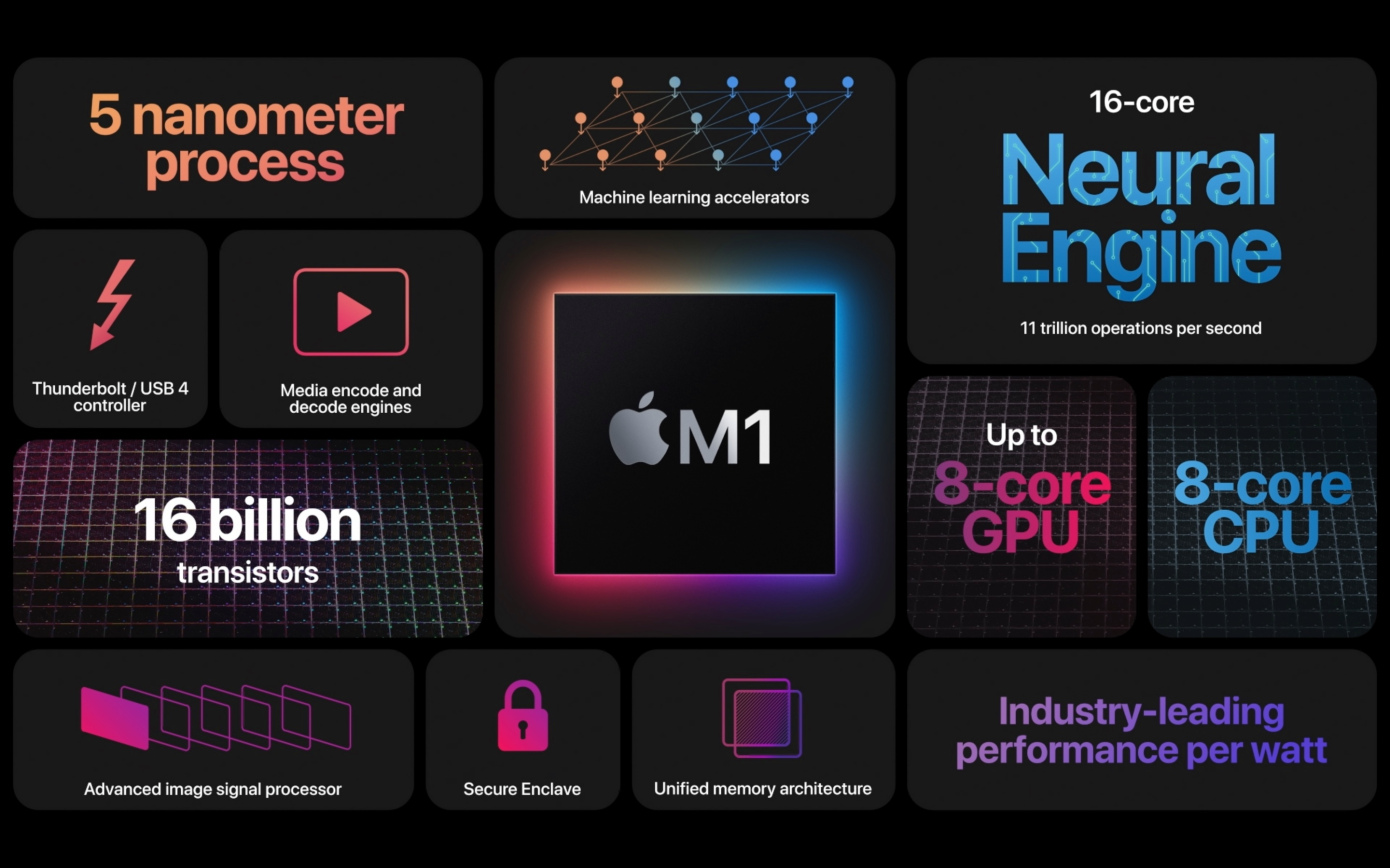Developers say the Mac gaming market is full of opportunities
In the past many years, although games can be played on Macs because game developers generally rarely port specifically games to macOS, Mac devices can be said to be insignificant in terms of games compared to PCs. However, with the development of Apple’s self-developed chip plan, it seems that the situation has changed a little.

Image: Apple
In Feral Interactive’s view, changes in the Mac gaming market are cyclical, and there was a time when bringing games to the Mac encountered challenges. The reason is that Apple switched from Power PC to Intel x86 architecture, then from 32-bit to 64-bit, and recently switched to self-developed chips, each transition period requires a lot of work. There are also gamers among Mac users, and if it is a good game that is well optimized, there will also be an audience.
However, for a long time, a large part of Macs used Intel integrated graphics, with limited performance, especially the most popular entry-level models, so if a game wants to be ported to macOS, then the performance of the platform has to be considered, and usually, 3A games have high hardware requirements, so there will naturally be a lot of concerns. In addition to hardware, software standards also need to be overcome. For example, Apple abandoned OpenGL and OpenCL in 2018 and encouraged game developers to move to Metal, which is a huge improvement since OpenGL already lacks many of the features required by games compared to DirectX.
Feral Interactive is optimistic about the game prospects of the Mac after Apple turns to its own chips, and believes that a more powerful and more unified platform brings new opportunities. While SoCs like the M1 still have GPUs that can’t match Nvidia and AMD’s discrete graphics cards, they’re still a huge improvement over past x86-based GPUs and can do better in terms of optimization. Feral Interactive, however, has promised to continue supporting Intel processors on Macs as long as it is technically and commercially viable.





